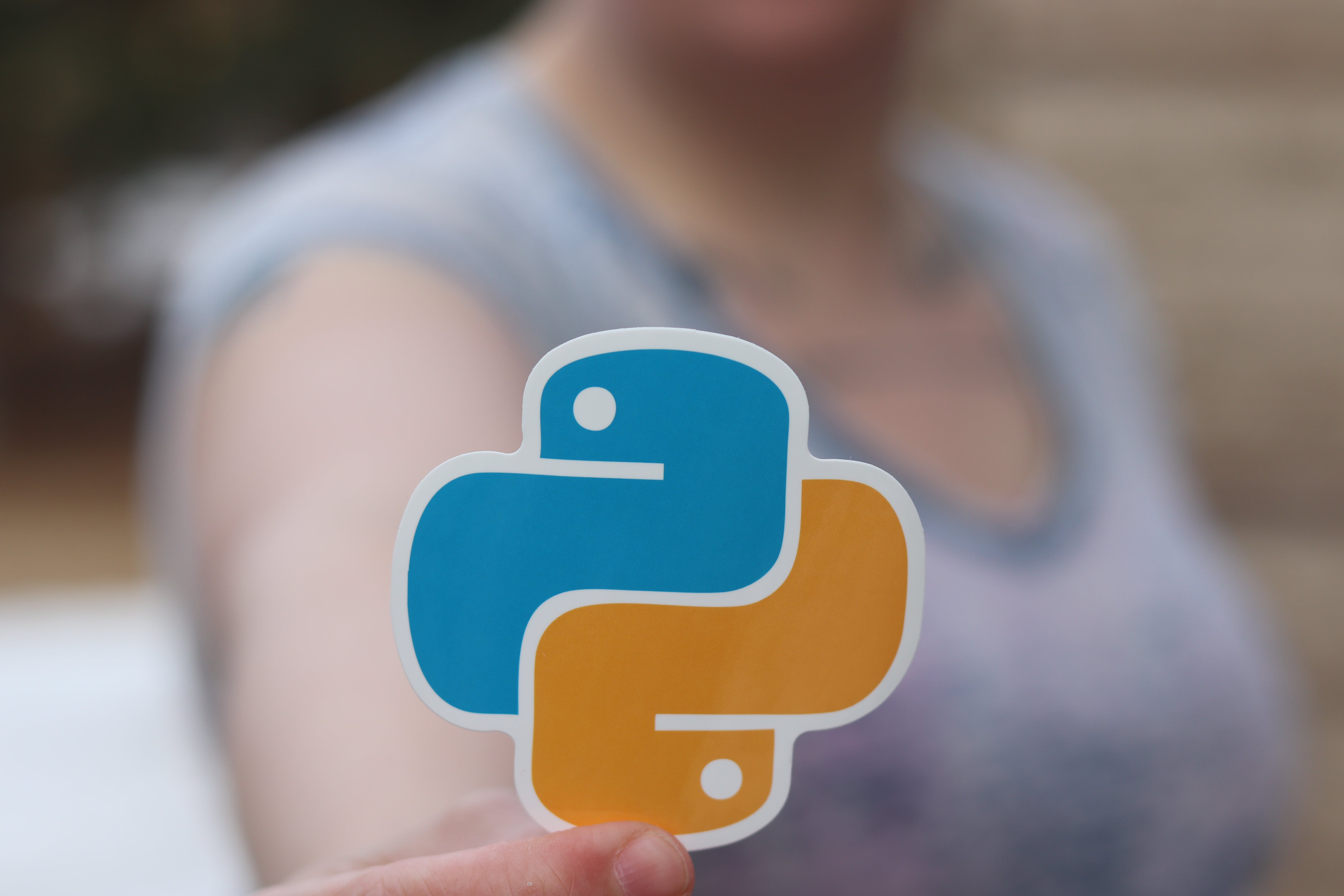What is Python?
Python is a high-level programming language known for its simplicity
and readability. It was created by Guido van Rossum and first
released in 1991. Python is designed to be easy to learn and use,
making it a popular choice for beginners and experienced programmers
alike.
One of Python's key features is its versatility. It can be used for
a wide range of applications, including web development, data
analysis, artificial intelligence, scientific computing, and more.
Python's extensive standard library provides built-in functions and
modules for performing common tasks, allowing developers to write
code more efficiently.
Python uses a straightforward syntax that emphasizes readability and
simplicity. It uses indentation to define blocks of code, rather
than relying on curly braces or other symbols, which makes it easy
to read and understand.
Python is also known for its strong community support and active
development community. There are thousands of third-party libraries
and frameworks available for Python, which extend its functionality
and allow developers to build complex applications more quickly.
In summary, Python is a versatile and user-friendly programming
language that is widely used in various fields. Its simplicity,
readability, and extensive ecosystem of libraries make it an
excellent choice for both beginners and experienced developers
alike.
